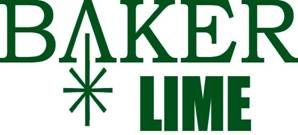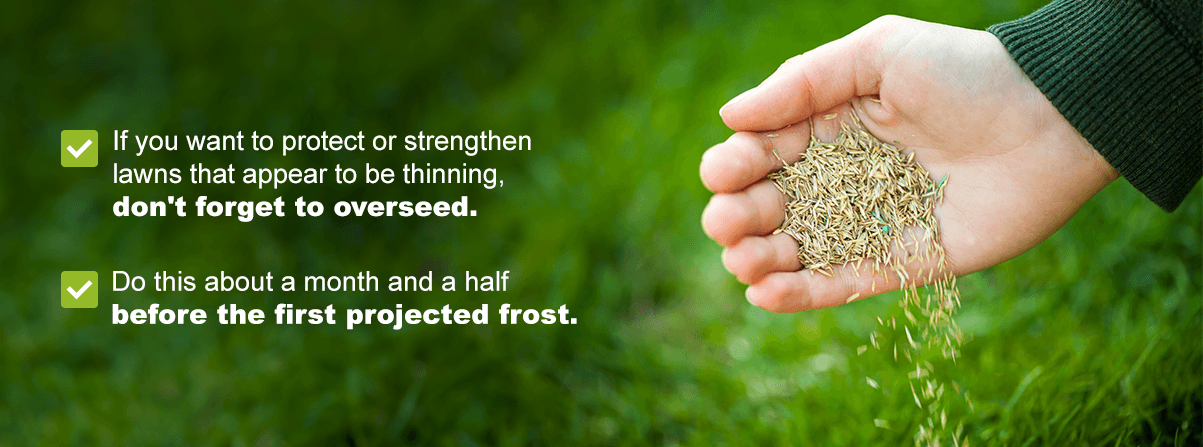Lawn Care Calendar
A lawn care calendar helps you determine when to grow grass, mow, apply fertilizer and kill weeds. It also helps you decide when and how much to water your lawn, depending on your area’s temperature and weather conditions. The lawn care schedule for the Northeast region starts much earlier than most other parts of the country because of the colder spring temperatures.
Around 95.8 million United States households participate in lawn care and gardening activities. If you’re one of them, the following tips can help you achieve a healthy, lush lawn throughout the year.
Month-by-Month Lawn Care Guide
Helping your outdoor area look its very best requires year-round lawn care, even during the winter months when you might not be able to see it because of snow. A do-it-yourself lawn care schedule helps you prepare for the spring, summer and fall months when your grass will need the most attention. Here is a suggested month-by-month lawn care calendar.
January
January is right in the middle of winter, which means your lawn care is limited. You can still prepare for the warmer months with the following tips:
- Be careful with those deicing salts on your driveway and front walk. Salt runoff can damage grasses and other plants.
- Now is the time to prepare your lawnmower and any other lawn tools for the coming months. If your lawnmower has had problems, take it to a repair shop during wintertime when they are less busy.
- If your area of the country does not receive a lot of snow — or if there are periods between storms when warmer temperatures melt the snow away — don’t allow a lot of foot traffic on the lawn. It will create bare spots and paths that are harder to repair later in the year.
February
As you near the end of winter, you can start taking more actionable lawn care steps:
- Now’s the best time to test your soil. Wait until it isn’t frozen or too wet. If you test now, you’ll get results back in time to make any soil corrections before things really heat up in the spring. If you have a healthy lawn, test every three or four years. If you have any problem spots, even if the rest of your lawn does quite well, test them every year.
- Hose down any areas of your lawn that have received a lot of salt or pet activity over the winter. This helps keep the salt away from roots and limits damage.
March
At the beginning of spring, you can start preparing your lawn for a rich, green summer with the following steps:
- Once the snow is gone and conditions are dry, it’s time to get out the rake and remove all the debris and dead grass. Raking reduces snow mold and other diseases because it improves air circulation and helps your lawn release trapped moisture.
- Now is the time of the year to apply soil amendments like lime. Apply it as needed, or if you tested your soil, apply it according to instructions.
- March is also the best time to treat lawn moss. Moss isn’t like a typical weed. The best time of the year to kill it is early spring when it’s in its active growing phase. If you wait too long, it’s a headache you will have to deal with all spring, summer and fall.
April
Spring is when your lawn starts growing again. While this varies by location, in many states, it’s time to mow. The following tips can help you keep your lawn neat and healthy:
- Mow your lawn a little closer to the ground than you will the rest of the year. Rake up those clippings from the first few mowings to avoid possible fungal diseases.
- Early spring is a good time for weed control. When soil temperatures reach around 55 degrees Fahrenheit, apply a preemergent, such as a crabgrass controller, before it takes root in your lawn.
- If you have bald spots on your lawn, this is the best time to repair them. You can buy products that will help repair damage from snow removal equipment, pets, salts or voles.
- Let the seeding begin! Early spring or late fall are the best times of the year to seed cool-season summer lawns and the best time to plant grass in the Northeast.
May
May is the time to care for your lawn in preparation for a luscious summer. Try the following steps:
- It’s time for more mowing, so mow your lawn to a different recommended height — a little higher. You can leave the clippings on the lawn now because they add nutrients.
- Go after tough weeds with post-emergents. The best time to knock out weeds is when they are small and growing.
- Fertilize your lawn.
June
As summer fast approaches, you can change your lawn care routine:
- Ensure your lawn gets an inch of water each week. It doesn’t all have to come from you — it can come from natural rainfall. Just keep an eye on the weekly rain forecast.
- When you mow, raise your level to around 3 or 4 inches to help give roots shade during the warmer weather and encourage growth.
July
Midsummer starts to get really warm. Take the following steps to keep your lawn green and healthy:
- Make sure your lawn continues to receive at least 1 inch of water per week.
- Keep mowing at that higher level, especially during long, hot, dry periods. You want to try to remove less than one-third of the blade in a single mowing. Yes, that means mowing more often, but it keeps your lawn happy even in the hottest weather.
- Keep an eye out for grubs and other turf pests. They feed near the surface on the roots of grass. If you find some, there are treatments to get rid of them.
August
As summer comes to an end, it’s time to start thinking about fall. Consider the following:
- Test the soil to see if you need any corrections before the fall seeding.
- Cool-season grass will start to grow again, so now’s the time to aerate the compacted soil and dethatch your lawn.
- If you want to protect or strengthen lawns that appear to be thinning, don’t forget to overseed. Do this about a month and a half before the first projected frost.
- If you have a new lawn, seed it. Fall moisture and cooler temperatures are great times for germination. Remember to keep any newly seeded areas consistently moist.
September
Here are some late summer or early fall lawn care tips:
- Cool summer grasses should receive another round of fertilizer about six weeks before the first frost.
- You’ll still need to mow, but lower levels back to regular clipping heights.
- Treat broadleaf weeds with a post-emergent spot treatment.
October
As we reach fall, take the following steps to maintain a healthy lawn:
- It’s time once again to add soil amendments, such as lime, to your lawn. Applying them in the fall helps them work their magic over the winter.
- Mulch fallen leaves.
- Your lawn now needs about 1 inch of water every two weeks.
November
It’s time to start preparing for the winter months:
- If you’re lucky enough to live in a region that features cool summer grasses — and it hasn’t started to snow yet — continue to mow until your grass stops growing. Make your final mowing of the year slightly lower than normal, as this helps prevent damage from snow mold and bowls.
- Keep watering if you think your grass needs it. You want it to be fully hydrated for the winter.
December
Winter in the Northeast is often best spent inside, but there are still a few tasks to complete:
- When your lawn becomes dormant in the winter, it’s cleanup time. Clean your lawnmower and other lawn tools.
- Use the winter months to learn things you can do to help your lawn flourish when grasses start to grow again.
How Lawn Care Differs Between States
Lawn care differs between states, thanks to their varying climates. It generally involves adequate lawn preparation for the warm summers and cold winters. Here’s how lawn care differs between some states on the East Coast:
- New England states: Lawns in Connecticut, Maine, Massachusetts, New Hampshire, Rhode Island and Vermont require proper watering and neutralizing because they tend to be acidic.
- Middle Atlantic states: The climate varies across the mid-Atlantic states of Pennsylvania, New Jersey and New York. Lawn care practices prioritize making the soil healthier by fertilizing it at least four times a year.
- South Atlantic states: Delaware, Maryland, Virginia, West Virginia and Maryland make up part of the “transition zone” in the U.S. These areas have a more mixed climate compared to the general cold temperatures in the North and the warmer temperatures in the South. Some residents of this area seed their lawns with a mix of cool- and warm-season grass. This way, your grass looks healthy all year-round.
Let Baker Lime Help You Restore the pH Balance to Your Cool Summer Grasses
Are you looking to make your grass greener and thicker? Applying limestone improves soil structure by increasing bacterial activity and disintegrating organic matter in compost. Integrating lime also improves soil porosity, aeration and water absorption, so your grass’s roots grow stronger and more efficient at collecting nutrients.
Baker Lime has been producing high-quality limestone since 1889, which is appropriate for use on cool summer grass lawns in the extensive Northeast region. We serve clients in Pennsylvania, New York, New Jersey, Delaware, Maryland, North Carolina, Virginia and West Virginia. Find a local distributor to purchase lime, or learn more about our high-quality limestone products.











